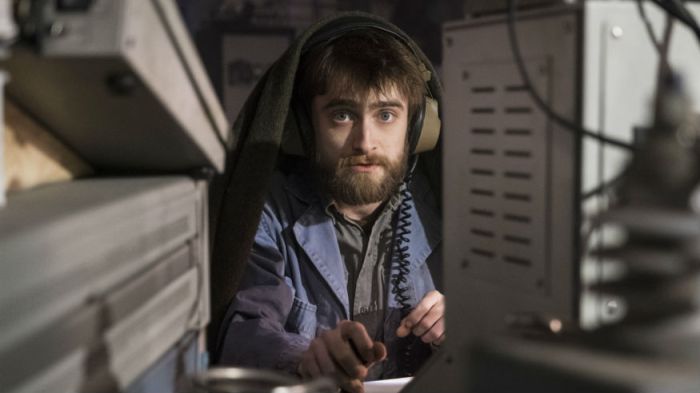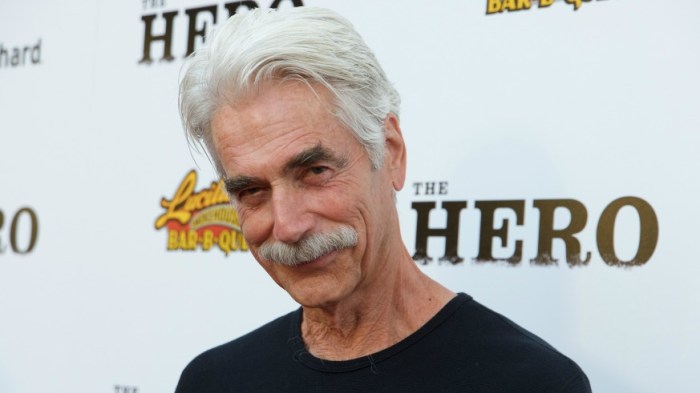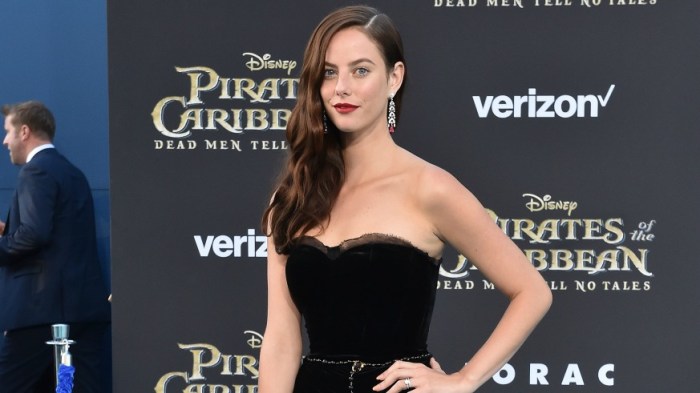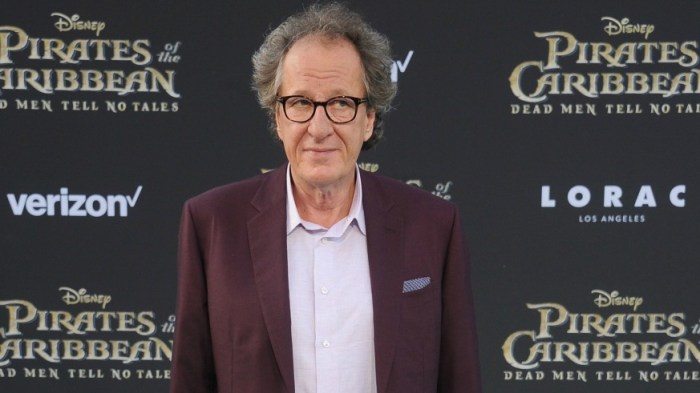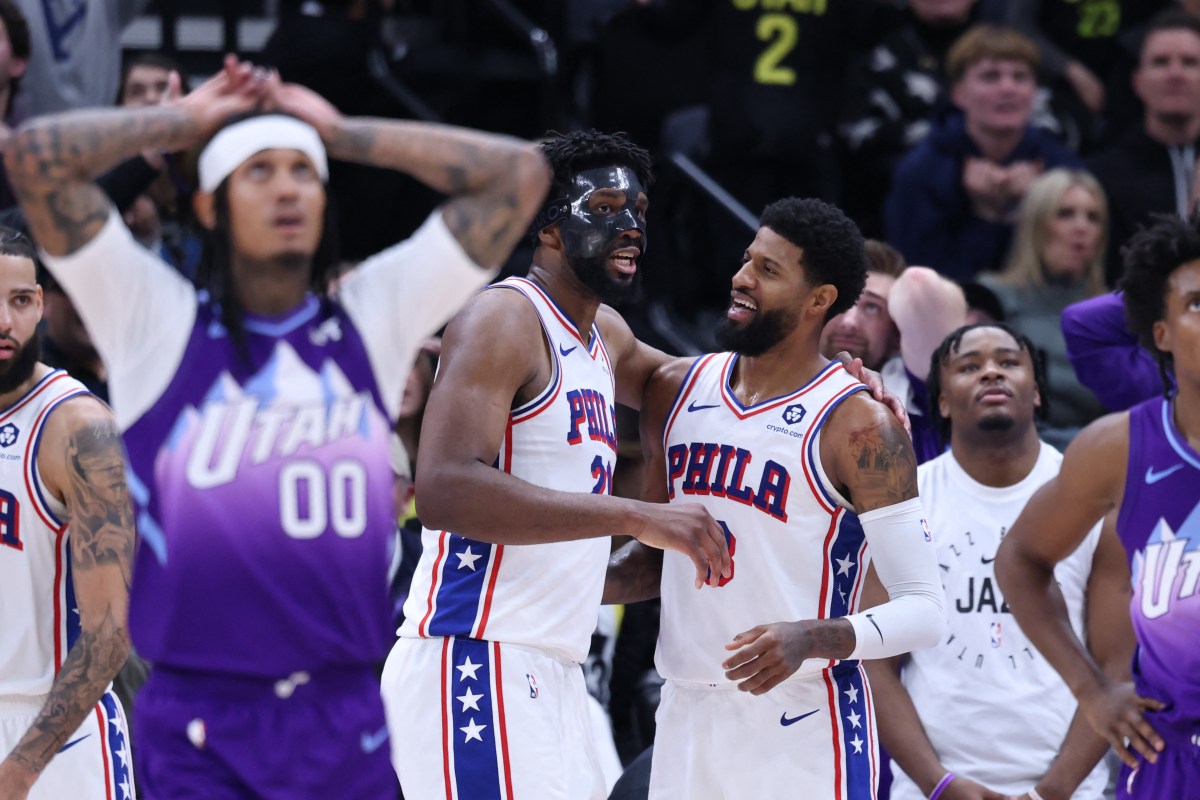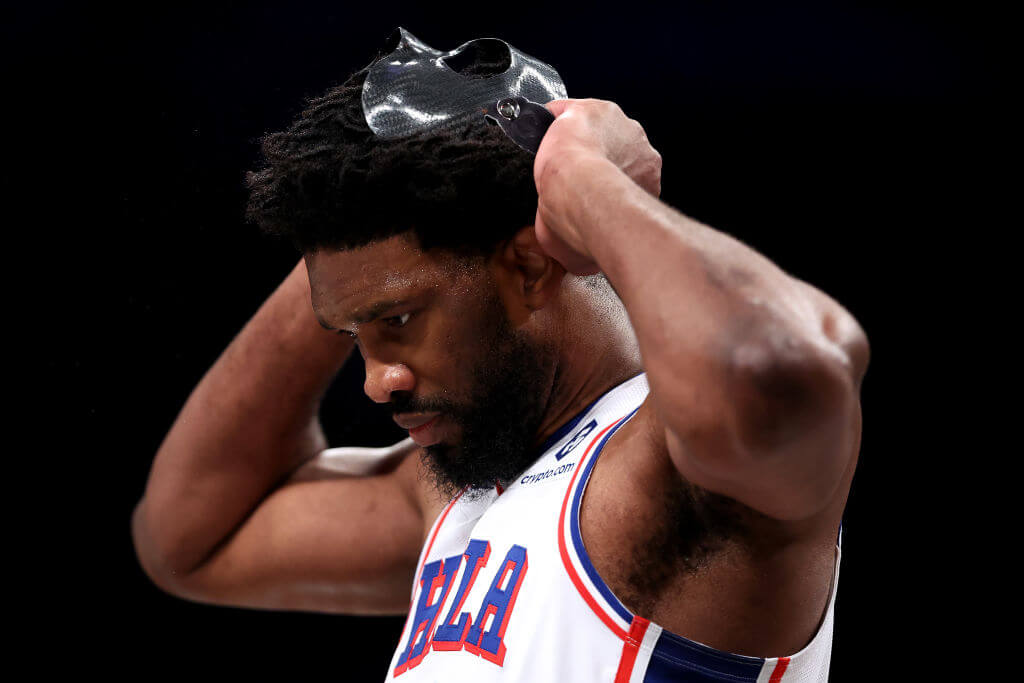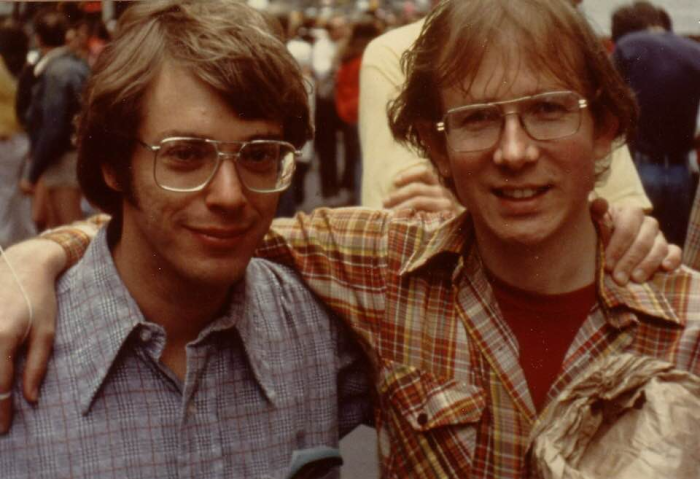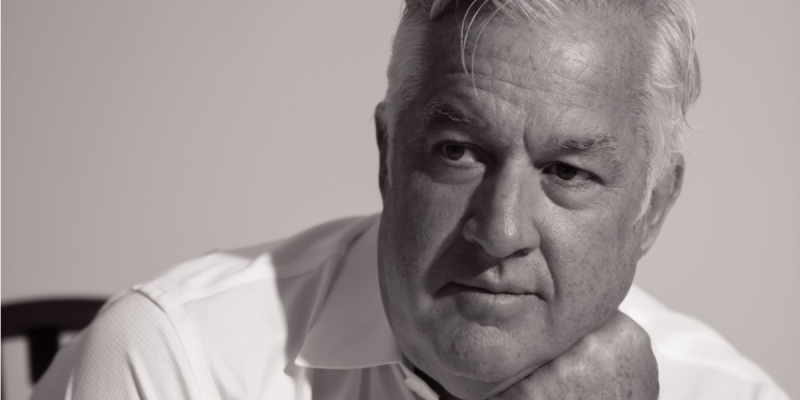Julie Taymor has made films of plays she’s directed, including movies of “Titus Andronicus” and “The Tempest.” But for her 2013 production of “A Midsummer Night’s Dream,” which inaugurated Brooklyn’s Polonsky Shakespeare Center, she wound up simply shooting the play itself. It’s a minimalist approach for a minimalist production, and a far cry from the plagued “Spider-Man: Turn Off the Dark” fiasco that preceded it. Thing is, Taymor says she actually prefers the simple movie she made than she did putting it on live. With “Titus,” you made the case that “Titus Andronicus,” sometimes called Shakespeaere’s worst play, was actually one of his best. Along similar lines, it seems with your production of “A Midsummer Night’s Dream” you were making a less controversial claim that it was not light but deceptively light. I would say “deceptively light” is a good way of putting it. In fact it begins with [laughs] Theseus saying he raped someone and is going to wed her. What a good writer does is he starts a comedy with tragedy, or starts with the darkest thing that could possibly happen, so the only place to go is up. What Shakespeare does is he doesn’t have something be one thing or another. This is a comic tragedy or a tragic comedy. Love affairs and relationships and marriages are failing apart, right and left, all over this one night. Everything is topsy-turvy. He deals with the beautiful and negative travails of love. It’s really an investigation of love and lust and betrayal and innocence. What did you particularly want to tease out of the play that productions rarely or never tease out?
I don’t think they take these relationships seriously enough. I think the Oberon-Titania marriage, which has gone on for hundreds of years, tells you so much about marriage. How do you keep that strong over time? Then you have this incredible thing where Demetrius loves Helena, but as soon as another girl comes along, with more dowry and who is prettier, he dumps the one he’s right for. He follows through on all their fantasies, all their insecurities, before the marriage the next day. This play was created to honor a wedding. My film puts it all out there. Kathryn, who plays Puck, was the first person you cast. Did you always intend a female Puck?
It doesn’t matter, male or female. It’s Kathryn Hunter. It’s her talent. I had seen Kathryn 10 years before in a Caryl Churchill play at the National. I thought, this woman can do anything with her body, with her voice. She can be male, female, 10 years old, 100 years old. She’s the only female I know who’s done King Lear. Kathryn really made it make sense to me. Puck is a shape-changer. Puck becomes a horse, becomes a bear; Puck is whatever. I even had her play the old man in the end. To most film- and theatergoers you’re known for your large, expensive productions. But you have a long history of doing smaller work. This has a mix of intimacy and practical special effects. I wanted it to be tactile. The one element we could use all the way through was the white sheet. The bed becomes the main idiograph, the main symbol. When you go to sleep you dream. And from that bed you see the sheet become the canopy of sky. It becomes the wedding dress or tablecloth. It becomes a hammock for Titania. It’s really simple in construct. It becomes a screen where you can project images of mostly nature. It’s a moving surface. This is actually not a highly technical play. It’s very much about 17 children and 15 actors who inhabit that space. The Mechanicals are the ones putting up or taking down the sheet. In the live show you see more of them hooking it up or taking it down. When you’re shooting it you don’t show all that, because it’s not in the plane of the picture. Speaking of which, your film preserves this as a piece of live theater, but it’s not a simple filming of a stage play. In what ways did you find the piece transformed or altered by the fact that you were filming it? What you get in the film, which makes me like it even more than the live theater version — I do, I like the film better — is that film allows you to get the reaction shots. If you’re in the theater, you’re inevitably going to see the backs of one or more of the actors. Film allows the audience to get more emotionally involved. There’s a beautiful reaction Oberon has when Titania is berating him, early on. I hold on his face and you see his shame and his sorrow. In the live theater no one would see that. Here you get to see that incredibly powerful close-up. In film you get a deeper, more emotionally expression of the play. You — and I’m speaking generally and probably incorrectly — are often thought of as visual-heavy. Yet you adapt work that is often — again generally and probably incorrectly — thought of as language-heavy. How wrong are these opinions? I don’t think I’m visual-heavy. I really don’t. I think that’s something the press likes to say. But if you look, I’ve been directing Shakespeare for how many years now? I feel with Shakespeare he’s so visual. I don’t want to be redundant; I want to balance these beautiful images. When Shakespeare created “A Midsummer Night’s Dream,” it was one of the plays that was going inside for the first time. He pulled out all the stops in those theaters. He used mechanics and put in stage directions. He made it very visual, with wires and flying. With my Puck, she’s on a rope that you can see, and you can see people offstage pulling her around. It’s as bare-bones minimal, with old-fashioned theater techniques, as you can get. It was not high-tech in the least. I love to work with great actors and great language. To me Shakespeare is the greatest of them all, in the Western world, and his plays demand a visual counterpart. With something like this and “The Tempest,” which clearly require supernatural imagery, it makes sense. But I’ve also done “The Taming of the Shrew” with no visual effects — just the round and the actors and a haystack. Period. [Laughs] Follow Matt Prigge on Twitter @mattprigge
Julie Taymor: I don’t think I’m visual-heavy
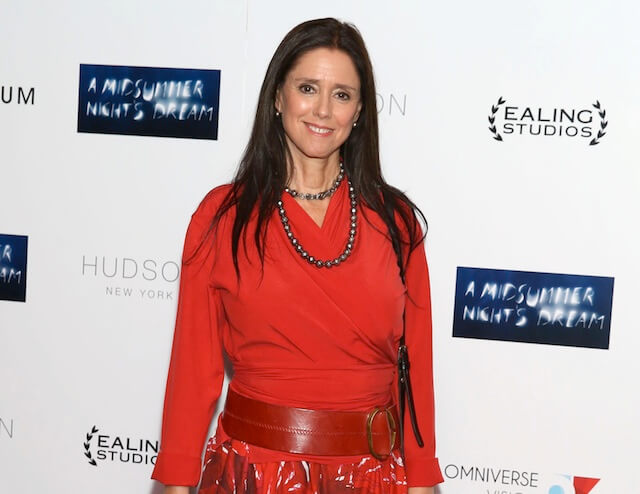
Getty Images

